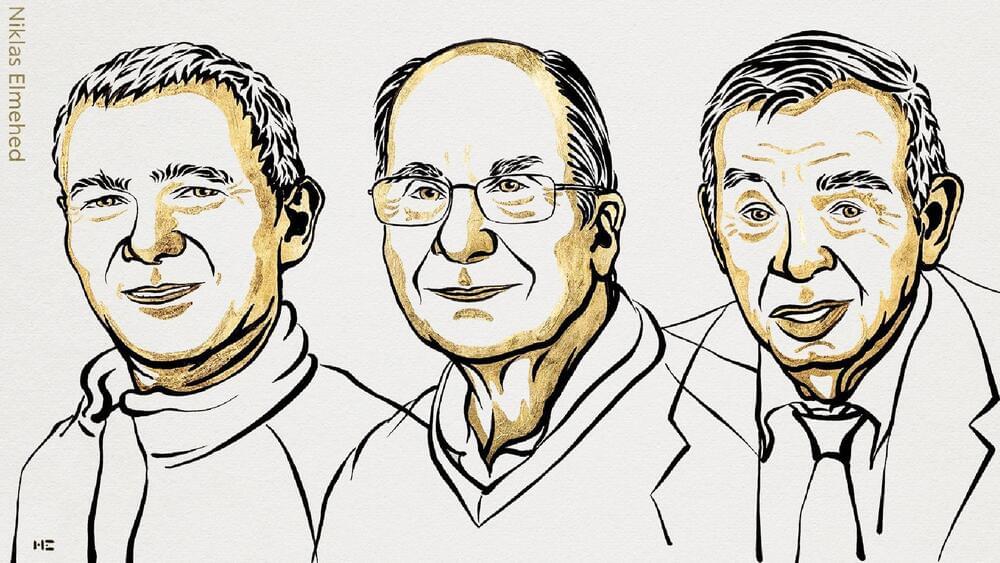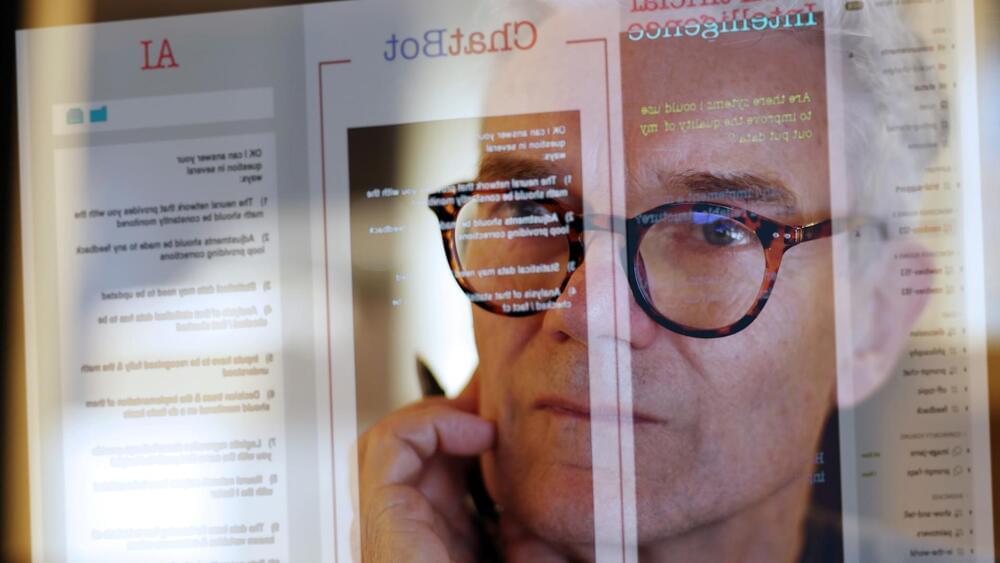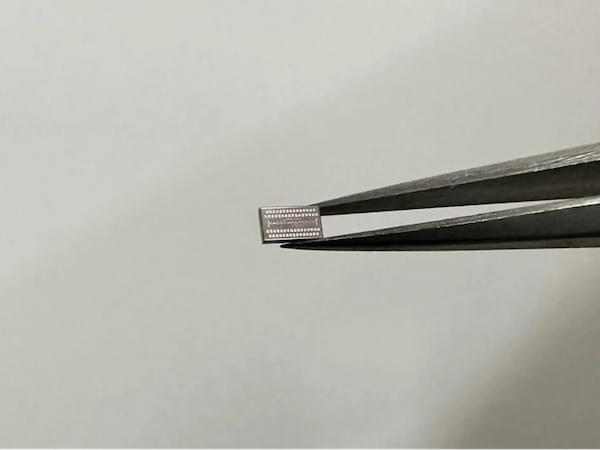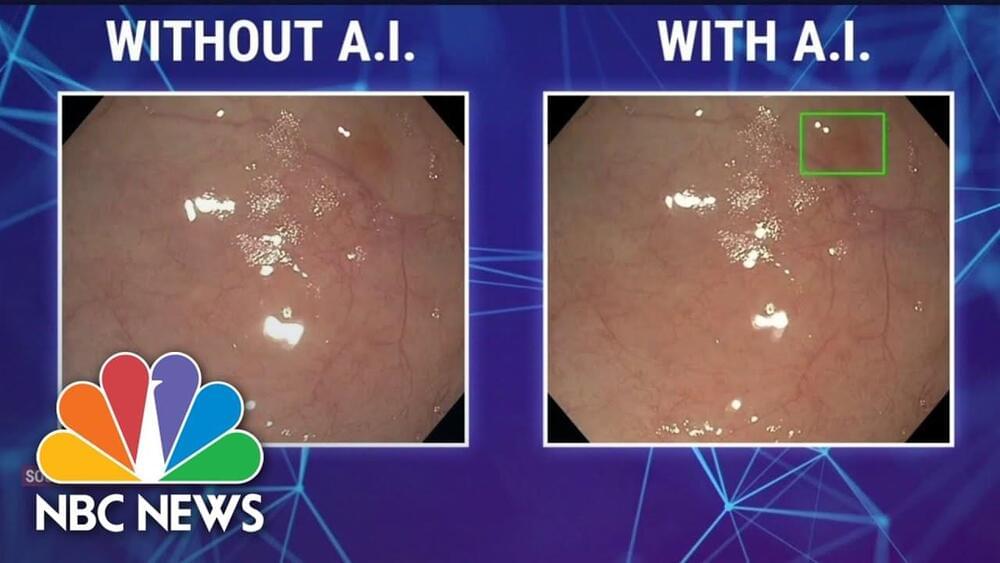Oct 5, 2023
Chemistry Nobel Prize goes to quantum dots that guide surgeons
Posted by Gemechu Taye in categories: biotech/medical, chemistry, nanotechnology, quantum physics
From LED lights to medical imaging, quantum dots have many varied applications.
The creation of quantum dots earned its developers the Nobel Prize in Chemistry 2023, an invention that could have also been a contender for the Physics Prize. These tiny elements of nanotechnology, which are so miniature that their size dictates their properties, are today used in many useful and practical applications and have even been reported to direct surgeons as they tackle tricky tumor tissue.
Nobel Prize/Twitter.
Continue reading “Chemistry Nobel Prize goes to quantum dots that guide surgeons” »

















